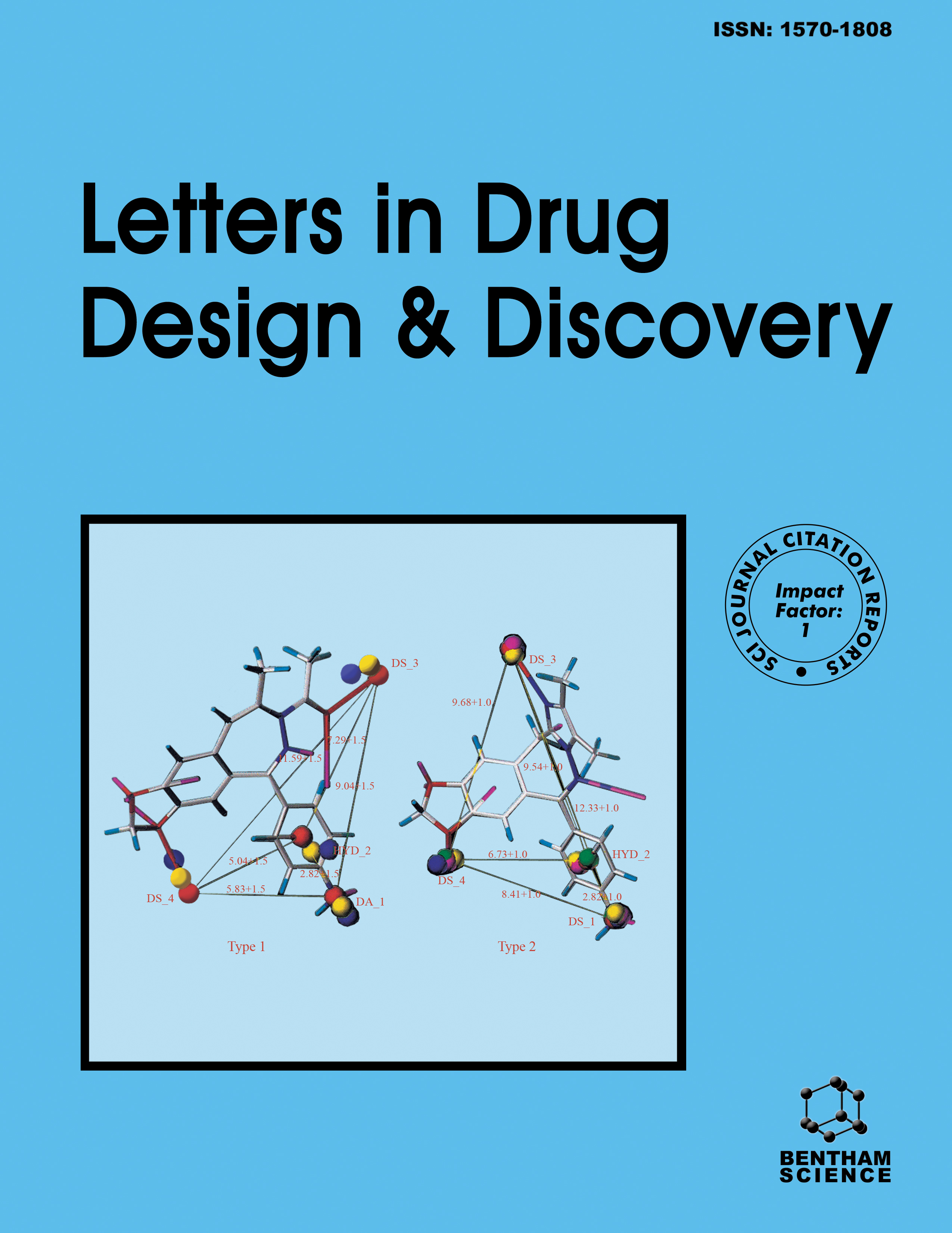-
s The Structure of MT189-Tubulin Complex Provides Insights into Drug Design
- Source: Letters in Drug Design & Discovery, Volume 16, Issue 9, Sep 2019, p. 1069 - 1073
-
- 01 Sep 2019
Abstract
Background: Drugs that interfere with microtubule dynamics are used widely in cancer chemotherapy. Microtubules are composed of αβ-tubulin heterodimers, and the colchicine binding site of tubulin is an important pocket for designing tubulin polymerization inhibitors. We have previously designed and synthesized a series of colchicine binding site inhibitors (CBSIs). However, these compounds showed no anticancer activity in vivo. Then, we have used a deconstruction approach to obtain a new derivative MT189, which showed in vivo anticancer activity. Methods: We crystallized a protein complex including two tubulins, one stathmin-like domain of RB3 and one tubulin tyrosine ligase, and soaked MT189 into the crystals. We collected the diffraction data and determined the tubulin-MT189 structure to 2.8 Å. Results: Here, we report the crystal structure of tubulin complexed with MT189, elucidate how the small-molecular agent binds to tubulin and inhibits microtubule assembly, and explain previous results of the structure-activity-relationship studies. Conclusion: The tubulin-MT189 complex structure reveals the interactions between this agent and tubulin and provides insights into the design of new derivatives targeting the colchicine binding site.


